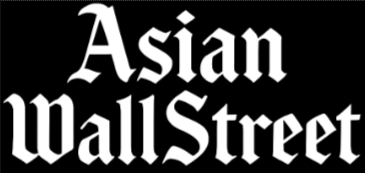China’s factory activity slipped again in September, marking the sixth consecutive month of contraction in the manufacturing sector. The official manufacturing Purchasing Managers Index (PMI) edged up slightly to 49.8 from 49.4 in August, but it remained below the 50 threshold that separates expansion from contraction. Meanwhile, a private-sector PMI by RatingDog showed a more optimistic 51.2 reading, reflecting diverging assessments of industrial health.
The contraction is seen as evidence that domestic demand is faltering and that external pressures, especially trade tensions with the U.S., are weighing on the economy. Some sub-indicators—such as new orders and production—showed modest month-on-month improvements, but firms are facing tight margins and cost pressure. Manufacturing firms have reported that their ability to absorb rising costs is limited, and many have grown cautious in new investment.
A weak property sector, elevated unemployment, and soft consumer spending are compounding headwinds. The stumbling recovery in real estate is eroding wealth effects and reducing construction demand. Given the prolonged slump, analysts argue that more aggressive policy support may be needed, such as easing credit, tax relief, or targeted fiscal stimulus.
Despite speculation that China’s central bank could cut interest rates, no action was taken this month, even as some global peers moved to lower borrowing costs. The cautious stance underscores concerns about financial stability amid rising debt levels. Observers expect more visible policy support in coming months.
The extended contraction in factories underscores the fragility in China’s economic rebalancing. A rebound will depend heavily on restoring domestic demand, stabilizing the property market, and improving external conditions—especially by easing trade frictions.












